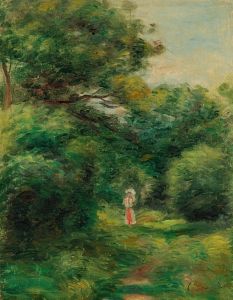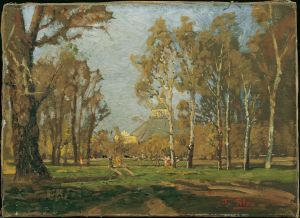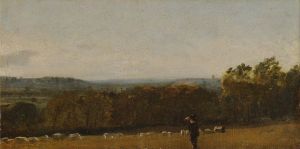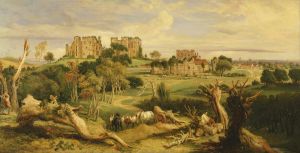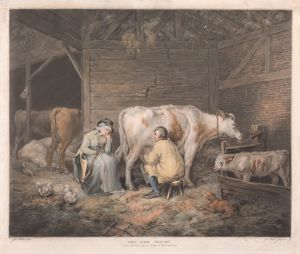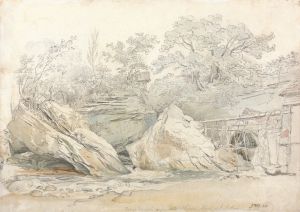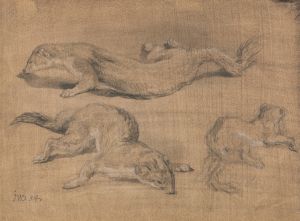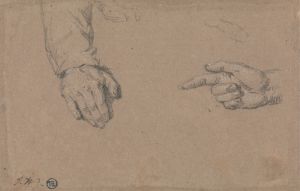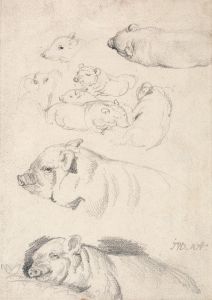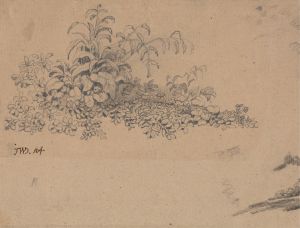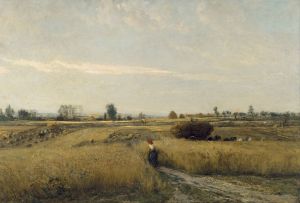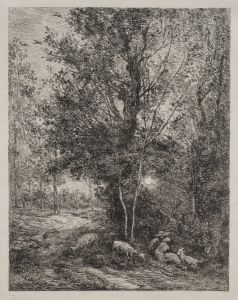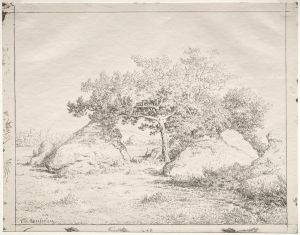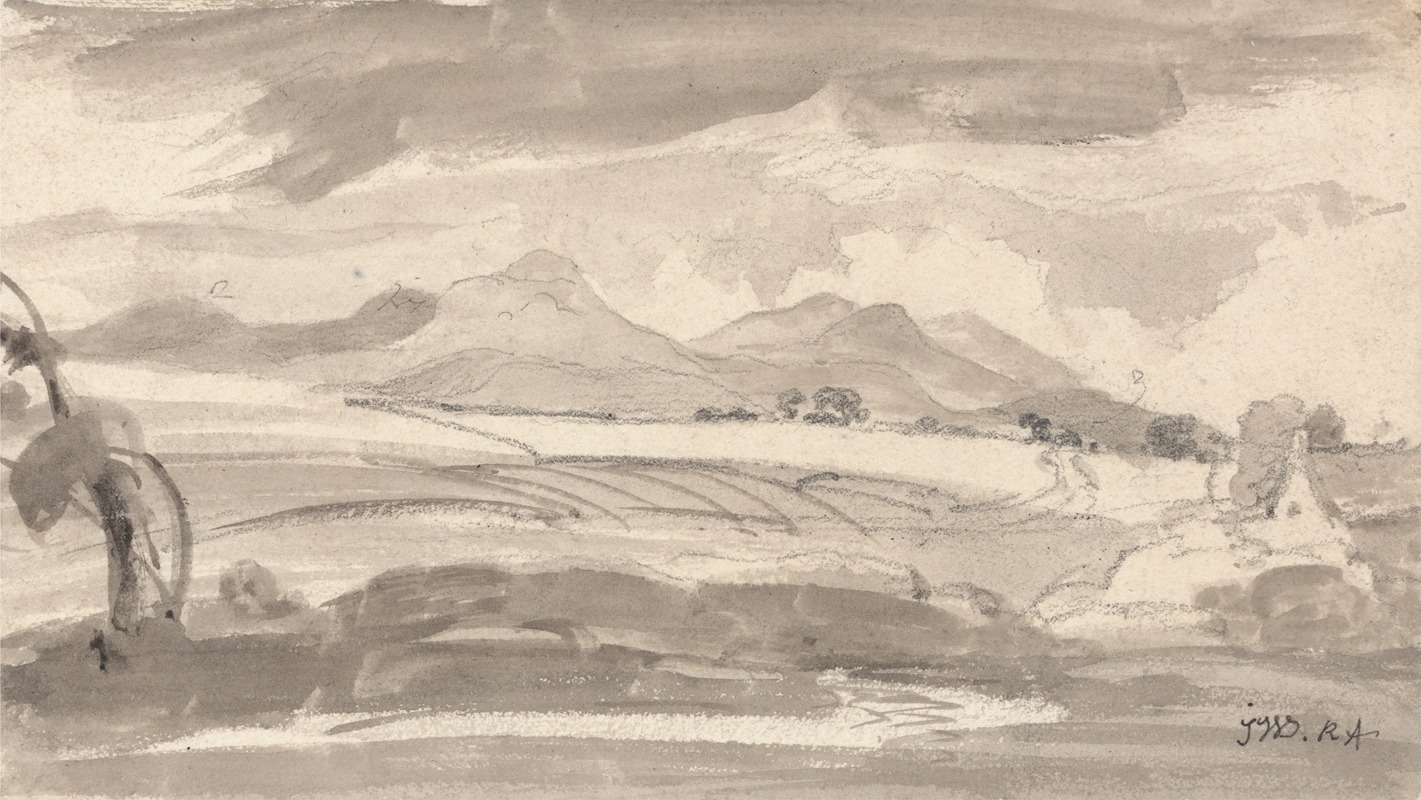
View Overlooking Fields to Distant Mountains, with a Cottage at Right
A hand-painted replica of James Ward’s masterpiece View Overlooking Fields to Distant Mountains, with a Cottage at Right, meticulously crafted by professional artists to capture the true essence of the original. Each piece is created with museum-quality canvas and rare mineral pigments, carefully painted by experienced artists with delicate brushstrokes and rich, layered colors to perfectly recreate the texture of the original artwork. Unlike machine-printed reproductions, this hand-painted version brings the painting to life, infused with the artist’s emotions and skill in every stroke. Whether for personal collection or home decoration, it instantly elevates the artistic atmosphere of any space.
James Ward (1769–1859) was a prominent British painter and engraver, known for his animal paintings and landscapes. One of his works, "View Overlooking Fields to Distant Mountains, with a Cottage at Right," exemplifies his skill in landscape painting, a genre that gained popularity in Britain during the late 18th and early 19th centuries.
James Ward was born in London and initially trained under his brother, William Ward, a well-known engraver. He later studied with the renowned painter George Morland, which significantly influenced his artistic development. Ward's career spanned several decades, during which he became a member of the Royal Academy of Arts in 1811. His works are characterized by their detailed representation of rural life and nature, often capturing the serene beauty of the British countryside.
"View Overlooking Fields to Distant Mountains, with a Cottage at Right" is a landscape painting that reflects Ward's keen observation of nature and his ability to depict it with precision and emotion. The painting features a panoramic view of fields stretching towards distant mountains, with a small cottage situated on the right side of the composition. This setting is typical of Ward's landscapes, which often include elements of rural architecture nestled within expansive natural scenes.
The painting is notable for its use of light and shadow, which Ward employed to create depth and atmosphere. The fields in the foreground are depicted with meticulous detail, showcasing Ward's skill in rendering textures and the natural play of light across the landscape. The distant mountains provide a sense of scale and grandeur, contrasting with the intimacy of the cottage, which adds a human element to the otherwise vast natural scene.
Ward's landscapes often convey a sense of tranquility and harmony, reflecting the Romantic ideals of the time, which emphasized the beauty and sublimity of nature. His work was part of a broader movement in British art that celebrated the countryside as a source of inspiration and national identity. This painting, like many of Ward's works, captures the essence of the British landscape, portraying it as a place of peace and pastoral beauty.
Throughout his career, Ward's paintings were well-received, and he became known for his ability to depict both animals and landscapes with equal skill. His works were exhibited at the Royal Academy and other prestigious venues, earning him a reputation as one of the leading artists of his time.
"View Overlooking Fields to Distant Mountains, with a Cottage at Right" is a testament to Ward's mastery of landscape painting and his contribution to the Romantic movement in British art. The painting remains an important example of his work, illustrating his dedication to capturing the natural world with both accuracy and artistic sensitivity. Today, Ward's paintings are held in various collections, and his legacy continues to be appreciated by art historians and enthusiasts alike.






